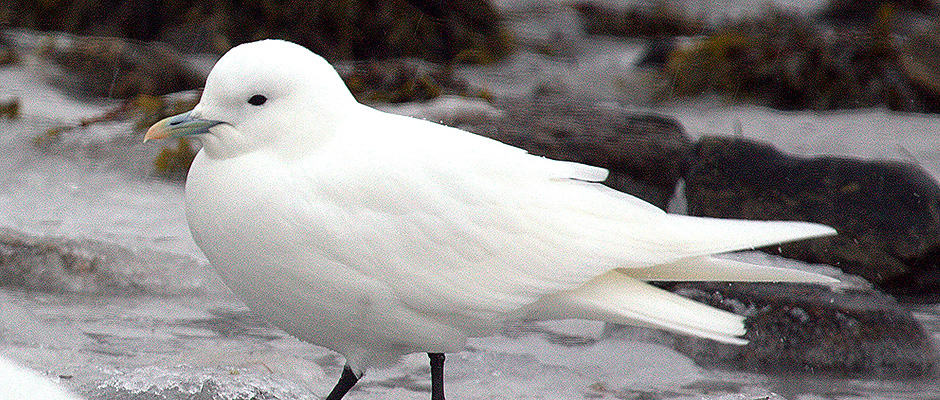Share this article
Mercury Might Be Reason For Arctic Gull Decline
The decline of endangered Arctic ivory gulls (Pagophila eburnea) in Canada might be due to a dramatic increase in mercury levels over the past 130 years, a recent study shows.
Alexander Bond, a senior conservation scientist at the Royal Society for the Protection of Birds in the U.K. and lead author, along with his team, examined specimens of ivory gulls dating back to the 1870s, taken from natural history museums from across the world. They sampled the birds by removing two or three of their breast feathers and checked them for methyl mercury — a toxic kind of mercury that’s acquired in the gulls’ diets.
The researchers found mercury increased 45 times over the past 130 years. However, that wasn’t because of a change in the gulls’ diets, which comprise fish and carcasses that polar bears leave over after feeding, according to Brian Branfireun, an associate professor and research chair in biology at the University of Western Ontario and a co-author of the study. Instead, it suggested an increase in mercury pollution in the environment.
According to Branfireun, ivory gulls — a species that’s at the top of the food chain — are seriously affected by mercury because of their diet. Also, the amount of mercury in the environment created by humans has increased over the years. What’s worse is that, like other contaminants, the amount of mercury is amplified in the Arctic and, because Arctic species have to commit more energy and grow slowly, they face more consequences of mercury.
Although researchers can’t say for sure the decline in gulls is caused by mercury, according to Branfireun, “we know they have the highest mercury in their eggs compared to other birds,” he said. Further, there’s evidence that mercury in ivory gulls’ eggs affects their reproduction success rate and also can impact their neurological behavior.
“Alex’s hard work getting samples from the national history museums really paid off,” Branfireun said. “He really showed we can use museum samples in a retrospective way to help understand where we’re coming from and where we’re going.”
The special thing about the data used is the presence of samples throughout the whole period between 1877 and 2007, which provided credible coherent data that showed a real trend, Branfireun said. Bond is planning more conservational studies to show more conclusively that mercury is coming from human sources. He also is planning on using the same approach to this study on other species.
“This was an unfunded project but a great idea,” Branfireun said. “We just got together and did it because we couldn’t help ourselves as scientists.”
Header Image:
Arctic ivory gulls are endangered in Canada and their population has declined 80 percent since the 1980s. A recent study shows mercury has increased in the gulls over the years, which likely is contributing to their decline.
Image Credit: Seabamirum via Flickr








